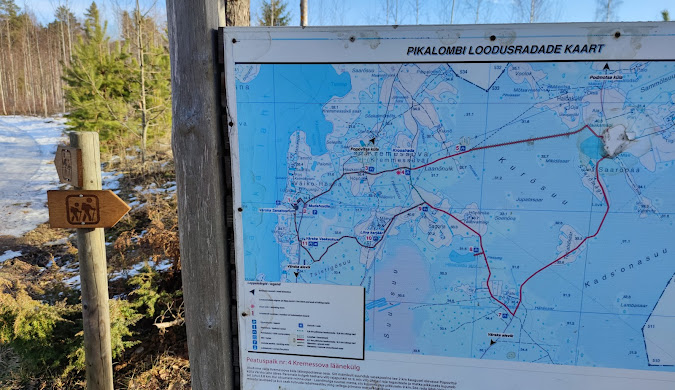Setomaa Rural Municipality, Estonia
🌍 Introduction
Setomaa is a remote and culturally rich rural area located in southeastern Estonia, nestled between Võru County and the Russian border. This region is home to the Seto people, a distinct ethnic group known for preserving their ancient traditions, music, language, and Orthodox Christian beliefs.
Setomaa feels like a different world within Estonia—where modern life slows down, and centuries-old customs remain part of daily life.
🎶 Culture & Traditions
The Seto culture is the heartbeat of Setomaa. Their unique leelo singing, a form of ancient polyphonic song, has been recognized as a cultural treasure and is often performed at festivals and family gatherings. Setos also follow a rare blend of Orthodox Christianity and pagan rituals, making their chapel celebrations (called “kirmas”) deeply spiritual and symbolic.
Visitors can explore traditional Seto farms, admire the iconic silver jewelry worn by Seto women, and attend folk events that honor seasonal cycles, local deities, and ancestral spirits.
🏞️ Nature & Activities
Setomaa is ideal for nature lovers, hikers, and those seeking peace in unspoiled landscapes. Key highlights include:
-
Piusa River Valley: A picturesque area with sandstone cliffs, forest trails, and a peaceful river perfect for walks or canoeing.
-
Lake Õrsava Trail: A scenic 5 km loop through pine forests and lakeshores, offering a quiet escape into nature.
-
Meremäe Hill: A gentle rise with a viewing tower and panoramic views over the rural countryside.
-
E11 European Forest Trail: Part of a long-distance hiking route that passes through Setomaa, featuring serene forests and rich biodiversity.
Wild berries, mushrooms, and fresh air make this a dream for eco-tourists and foraging enthusiasts.
🏡 Villages & Places to Explore
-
Värska: The main village in Setomaa, home to a Seto museum, mineral spa, and cultural center.
-
Obinitsa: A charming village known for its chapel, museum, and active cultural life.
-
Saatse: Famous for the “Saatse Boot,” a unique stretch of road that briefly passes through Russian territory (without stopping or exiting).
-
Meremäe: A peaceful spot with traditional farms, hills, and summer festivals.
Each village has its own personality and role in maintaining the Seto lifestyle.
🍽️ Food & Flavors
Seto cuisine is hearty and authentic. A must-try dish is Sõir, a homemade cheese flavored with caraway seeds and often served with jam or honey. You’ll also find:
-
Rustic rye bread
-
Stews and dumplings
-
Berry desserts
-
Herbal teas made from local plants
Many family-owned cafés and home restaurants offer farm-to-table meals during the summer months.
🗓️ Sample 2-Day Itinerary
Day 1:
-
Start your journey in Värska, visit the Seto Farm Museum, and enjoy a spa experience with mineral water treatments.
-
Explore Obinitsa village, see the chapel, and take part in a cultural performance if available.
-
Spend the evening watching the sunset from Meremäe Hill.
Day 2:
-
Visit Saatse and drive the unique “Saatse Boot” road.
-
Hike along the Piusa River Valley, picnic near the cliffs, or enjoy a guided walk.
-
Return to Värska for traditional Seto dinner and local music performance.
🧳 Best Time to Visit
-
Summer (June to August) is the best time for cultural events, warm weather, and open cafés.
-
Spring and Autumn are quieter but perfect for hiking and nature photography.
-
Winter offers peaceful landscapes and cozy guesthouses but limited events.


